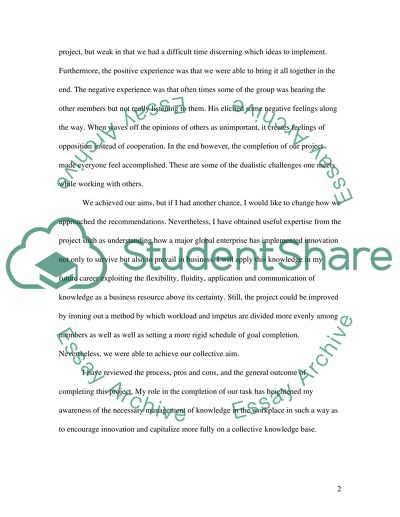The Social Virtues and the Creation of Prosperity Assignment. Retrieved from https://studentshare.org/social-science/1531991-individual-reflective-essay-about-the-critique-of-the-applications-of-knowledge-management-systems-in-the-case-study-group-written-report
The Social Virtues and the Creation of Prosperity Assignment. https://studentshare.org/social-science/1531991-individual-reflective-essay-about-the-critique-of-the-applications-of-knowledge-management-systems-in-the-case-study-group-written-report.


